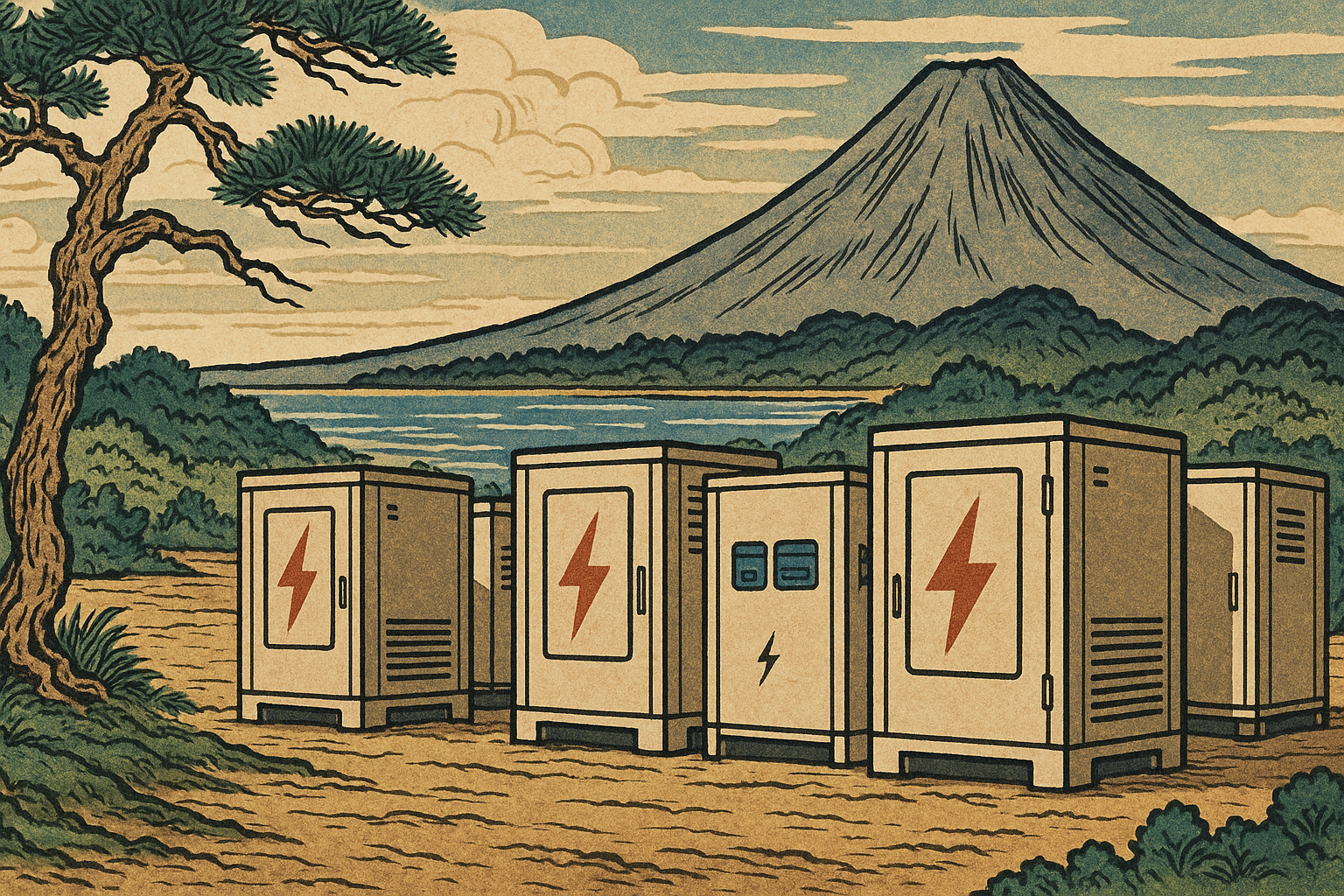💡 When There’s No One Left to Follow, Grid-Forming Leads the Way
An episode of the Energy Insiders podcast featuring Dean Sharafi explored the growing importance of grid-forming inverters as the energy mix shifts to inverter-based renewables. With traditional synchronous machines retiring, grid-following inverters lose their reference point, making grid-forming capability critical for maintaining grid stability.
“We know even 100% renewables is achievable. The challenge is how to get there safely without putting the system at risk.”
— Dean Sharafi
Technical Highlights
- Grid-following inverters require an existing voltage reference, typically from synchronous machines.
- Grid-forming inverters can set their own voltage and frequency, enabling operation without external reference.
- Synthetic inertia from batteries can respond within milliseconds and has been measured up to 8× more effective than traditional rotating machines.
- Load inertia is also declining as induction motors are replaced by inverter-based loads.
- Lower system inertia leads to faster disturbance escalation, increasing the risk of cascading trips and Distributed Energy Resources (DER) disconnections.
BESStology Perspective:
- Grid-Forming as a Core Function: As synchronous generation retires, grid-forming PCS capabilities will shift from “nice-to-have” to essential in utility-scale BESS.
- Synthetic Inertia Markets: Rapid-response capabilities open new revenue streams as markets like Germany’s inertia procurement launch.
- Loss of Industrial Load Inertia: As factories replace large induction motors with inverter-driven equipment, another traditional source of inertia disappears. This accelerates frequency changes during disturbances, making fast-response resources like grid-forming BESS even more critical for stability.
Source: “State of Inertia and Potential for Grid-Forming Inverters” — Energy Insiders podcast (RenewEconomy)
This post is licensed under CC BY 4.0 by the author.
